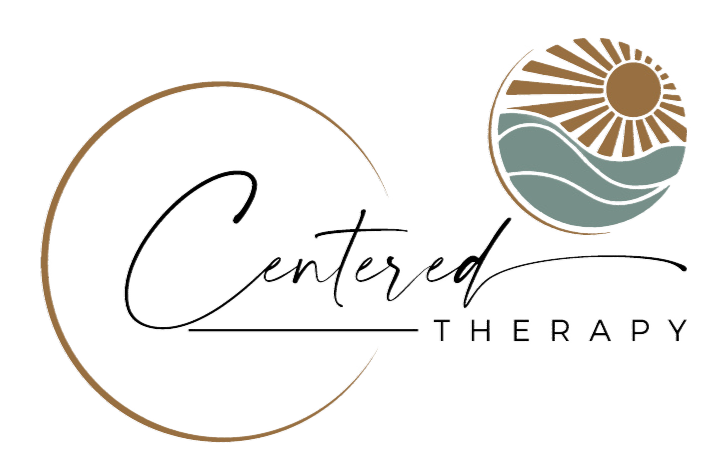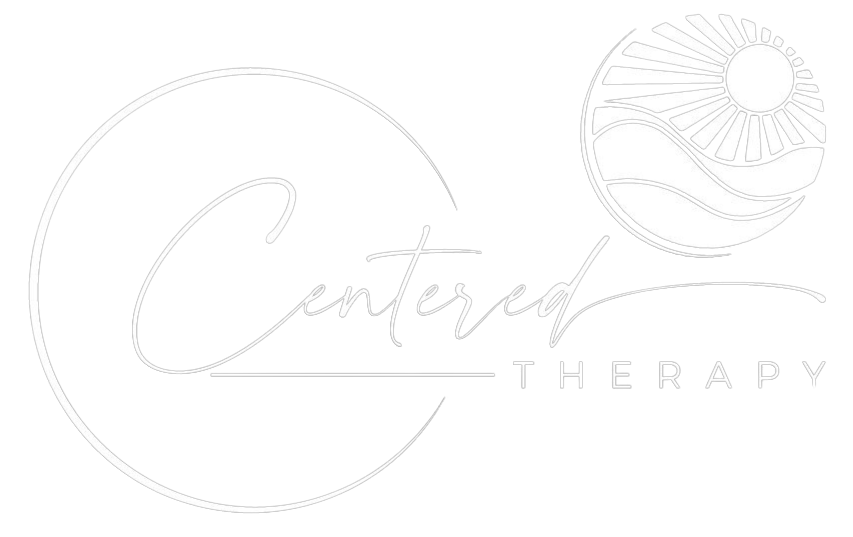Art as Therapy
Talk therapy is one of the most common types of treatment for patients who struggle with common mental health conditions, such as Anxiety, Depression, Trauma, etc. However, what happens if the patient is a child where communication may be not yet developed? What happens if the patient suffers from such severe mental health disorders, sometimes psychiatric, where communication is not an option? This is where Arts as Therapy comes in.
Creative Arts Therapy is the umbrella term for all therapy that is performed without the need for verbal communication. This can include Art Therapy, Music Therapy, or dance therapy. Studies have shown, Art therapy specifically, to be successful in reducing symptoms of Anxiety and Stress by 81% for some patients.
What is Art Therapy?
Art therapy is a form of expressive therapy that encourages individuals to explore and express their thoughts, emotions, and experiences through artistic mediums such as painting, drawing, sculpting, and collage-making. Unlike traditional talk therapy, Art Therapy provides a non-verbal outlet for communication and self-expression. Patients create art as a means of processing feelings, resolving conflicts, and developing self-awareness.
Mental Health Conditions Art Therapy Can Treat
Art therapy is particularly effective in treating a variety of mental health conditions, including:
- Anxiety Disorders: Art therapy helps individuals manage anxiety by promoting relaxation, reducing stress, and fostering mindfulness through the creative process.
- Depression: Engaging in art-making lifts mood, enhances self-esteem, and provides a sense of accomplishment for those struggling with depression.
- Post-Traumatic Stress Disorder (PTSD): Art therapy assists trauma survivors in processing difficult memories and emotions in a safe and supportive environment.
- Eating Disorders: Art therapy aids in exploring body image issues and underlying emotional conflicts associated with eating disorders.
- Autism Spectrum Disorder (ASD)
- Selective Mutism
Benefits of Art Therapy and Creative Expression
Research shows that engaging in creative activities like Art Therapy has profound benefits for mental health. Creating art reduces cortisol levels, promoting relaxation and reducing stress and anxiety. It fosters a sense of accomplishment and self-worth through the creative process and the completion of artworks. Art-making teaches adaptive coping mechanisms and problem-solving skills, which can be applied to daily life challenges. Art therapy encourages introspection and self-discovery, promoting personal growth and insight.
Effectiveness of Art Therapy
Numerous studies support the efficacy of Art Therapy in improving mental health outcomes. Research suggests that Art Therapy reduces symptoms of anxiety and depression, enhances quality of life for individuals with chronic illnesses, and facilitates emotional recovery in trauma survivors.
Art Therapy for Psychiatric Patients
In psychiatric settings, Art Therapy is a valuable adjunct to traditional treatment approaches. It offers patients a safe space to express themselves, gain insight into their condition, and develop adaptive coping strategies. For example, individuals with schizophrenia may benefit from Art Therapy as a means of managing symptoms and connecting with reality through creative expression.
Art Therapy for Children
Art therapy is particularly beneficial for children due to its unique ability to facilitate self-expression and emotional regulation through creative activities. By practicing art as therapy activities, it can feel less intimidating and more engaging than traditional therapy interventions such as talk therapy. It allows children to express themselves authentically, promotes self-discovery and emotional resilience, and provides valuable coping skills that can benefit them throughout their lives.
Art therapy provides a safe outlet for children to process trauma or grief by externalizing their emotions and beginning to make sense of difficult experiences. By encouraging creativity and imagination, Art Therapy also supports cognitive development and enhances children’s ability to think divergently.
Overall, Art Therapy harnesses children’s natural inclination towards play and creativity. It nurtures their mental, emotional, and social well-being by providing a safe and supportive space for exploration and growth.
Examples of Art Therapy
In practice, Art Therapy can take various forms tailored to individual needs. Gestalt-based Art Therapy emphasizes the process of art-making and personal interpretation, focusing on the present moment experience. Narrative Art Therapy utilizes storytelling and visual imagery to explore personal narratives and facilitate meaning-making. Group Art Therapy encourages social interaction and peer support through collaborative art-making experiences. Sculpture therapy involves working with three-dimensional materials to explore issues related to body image, identity, and transformation.


